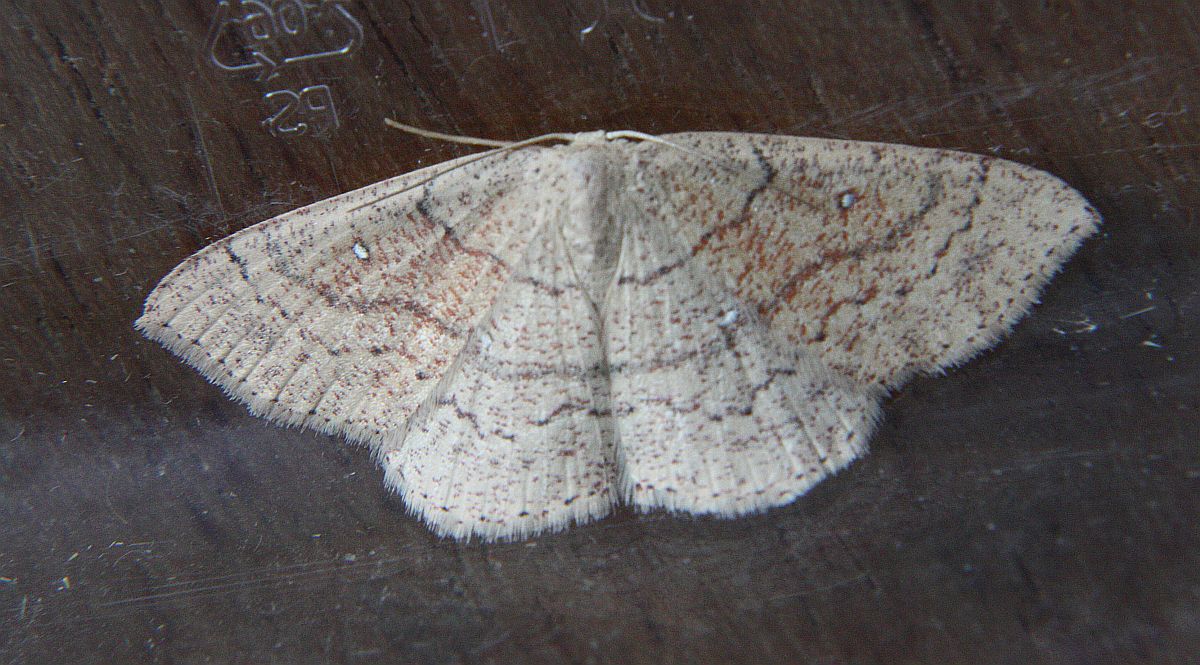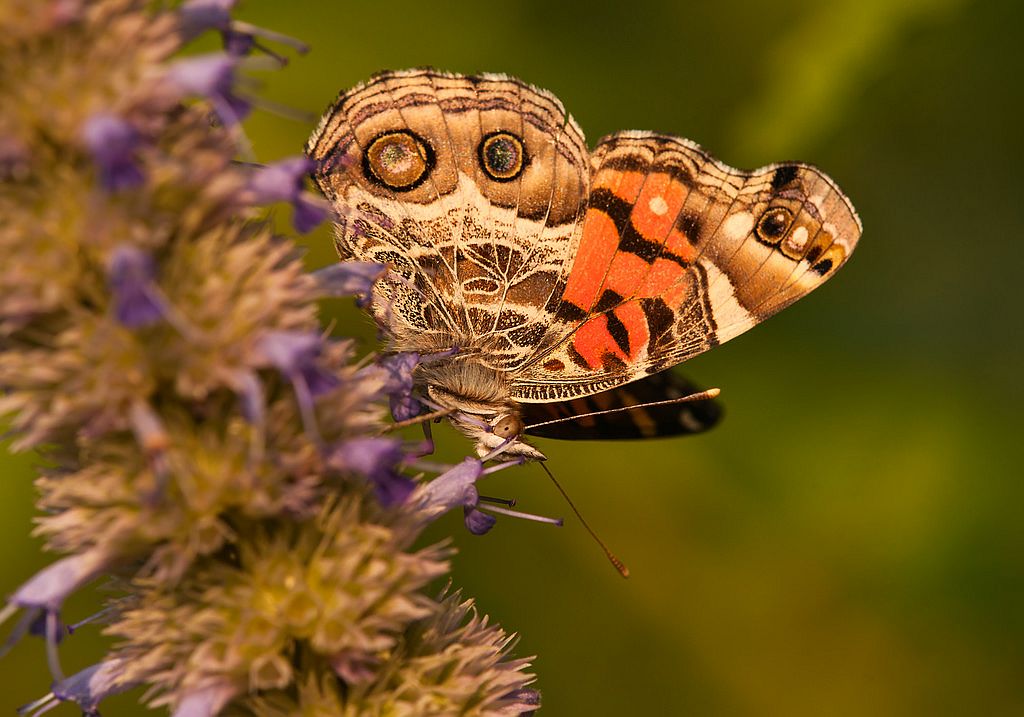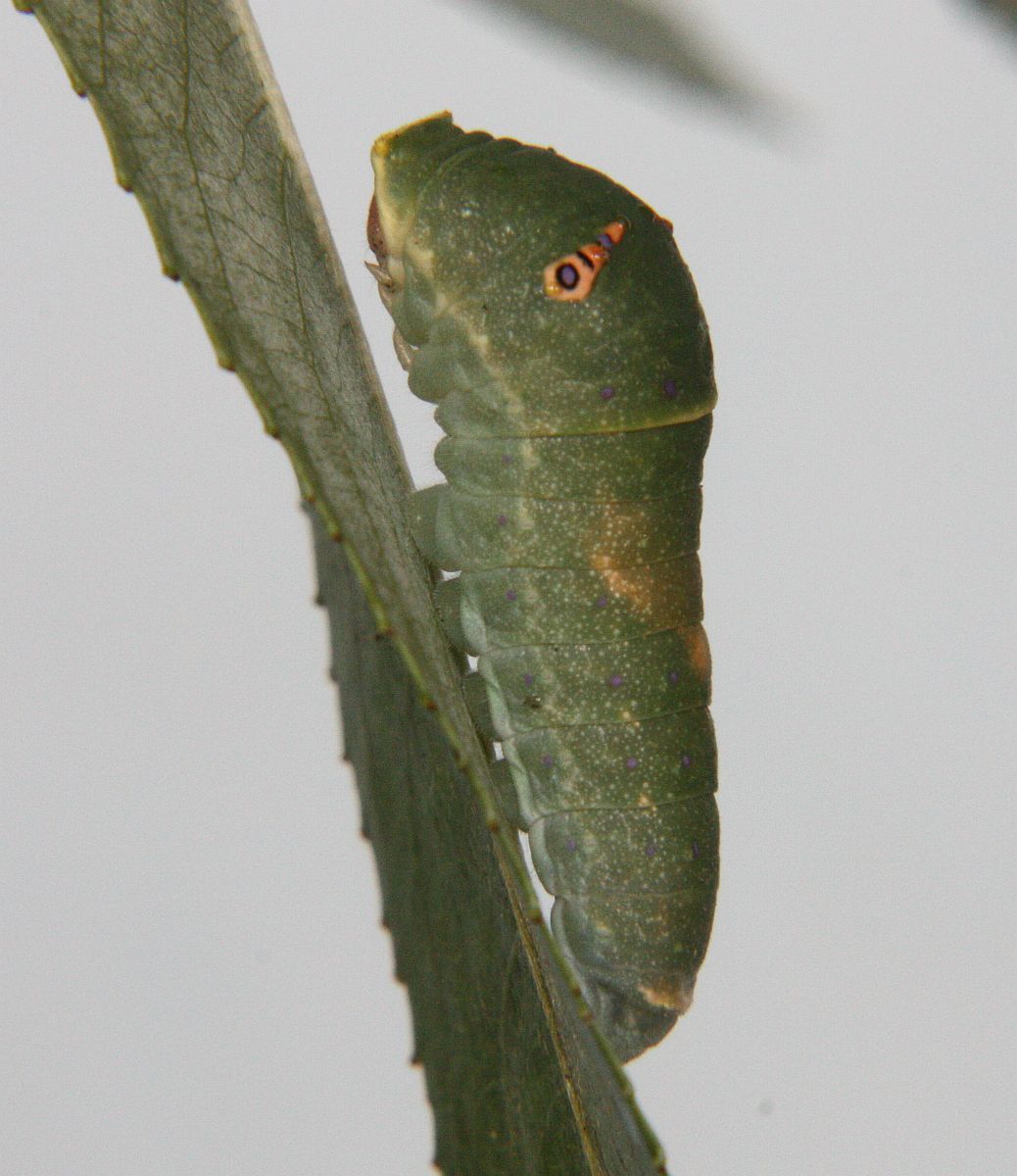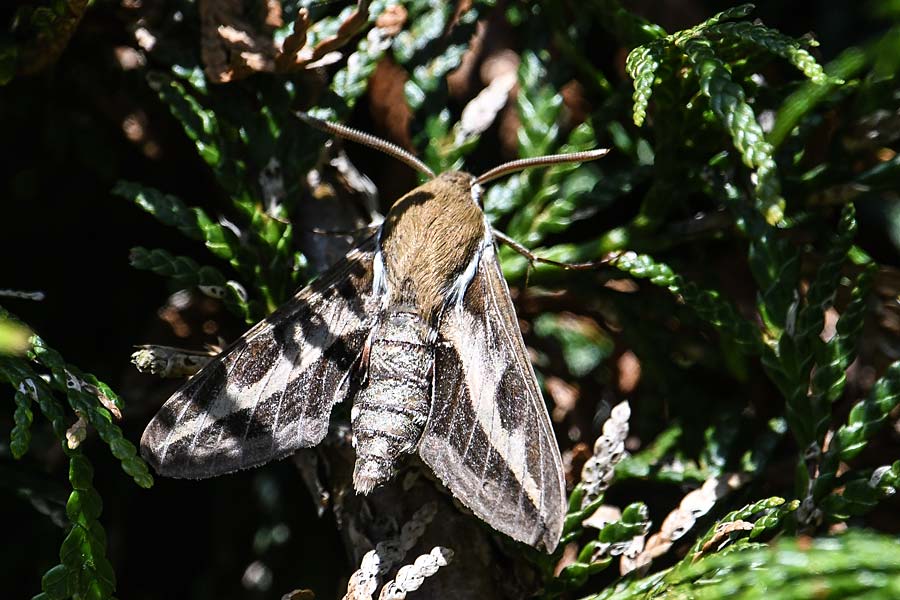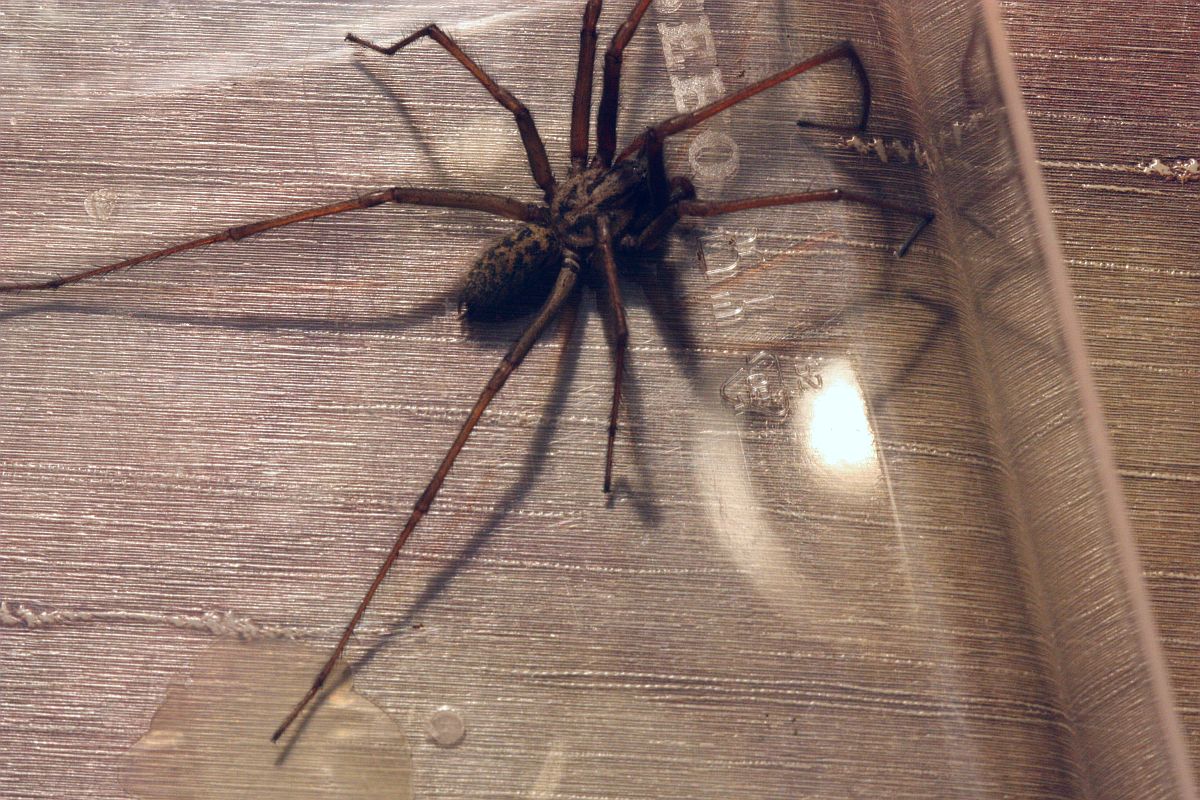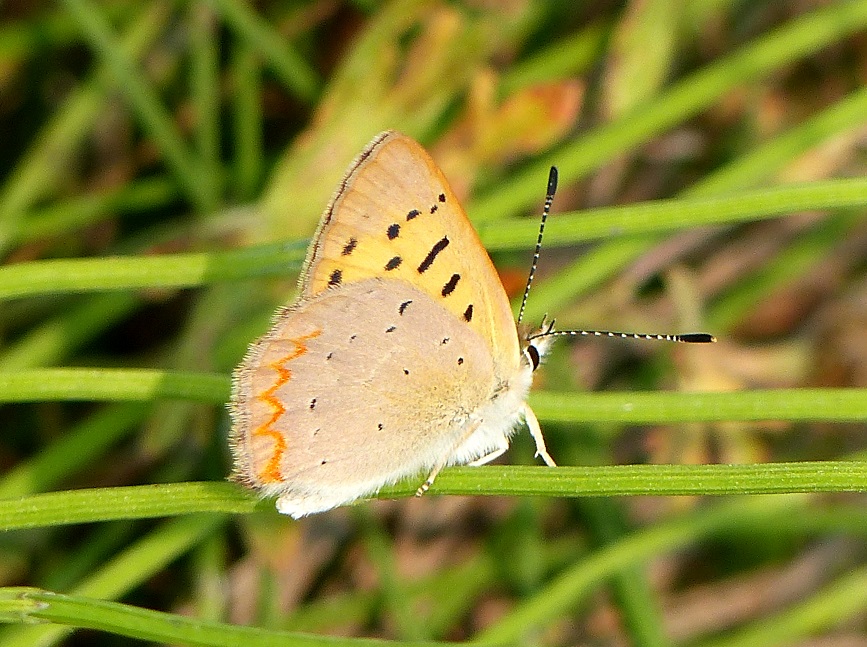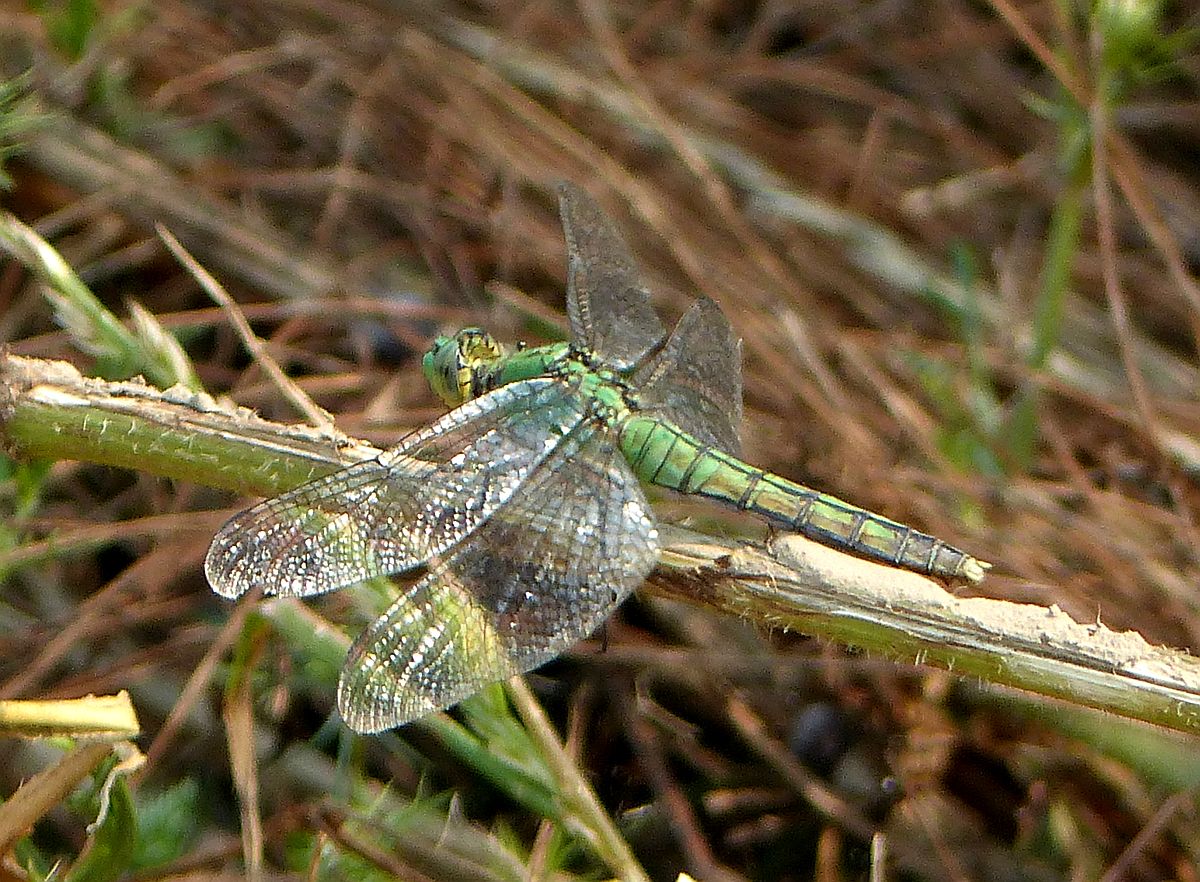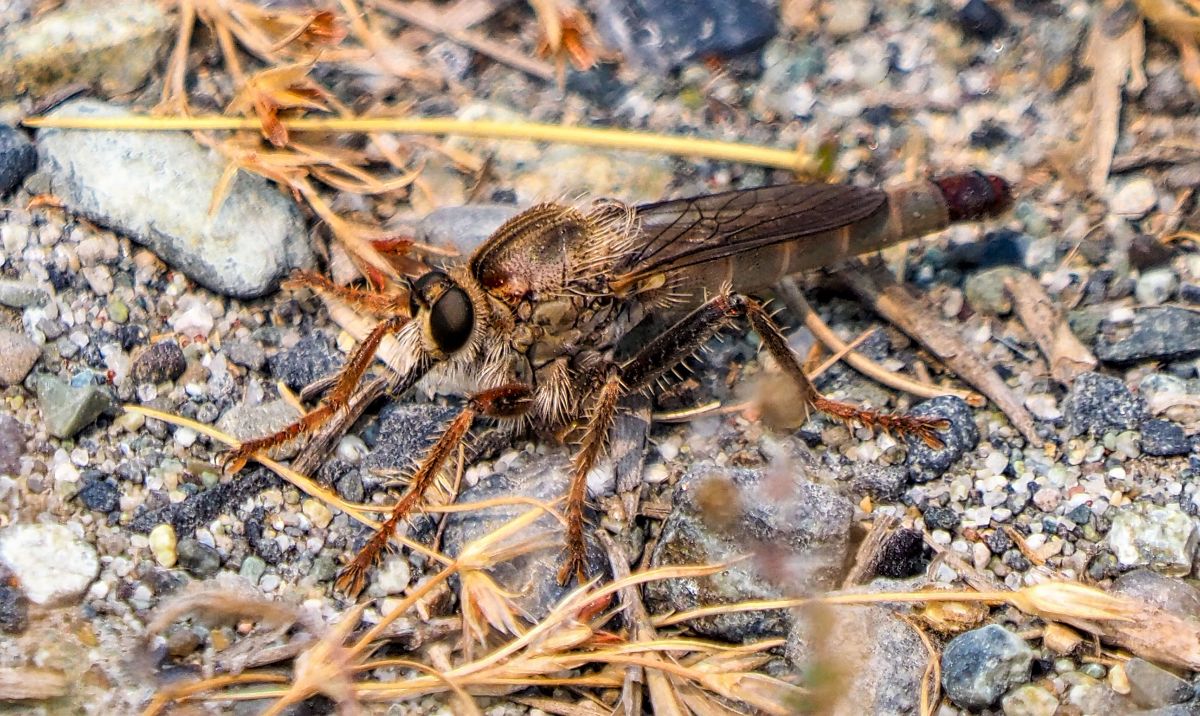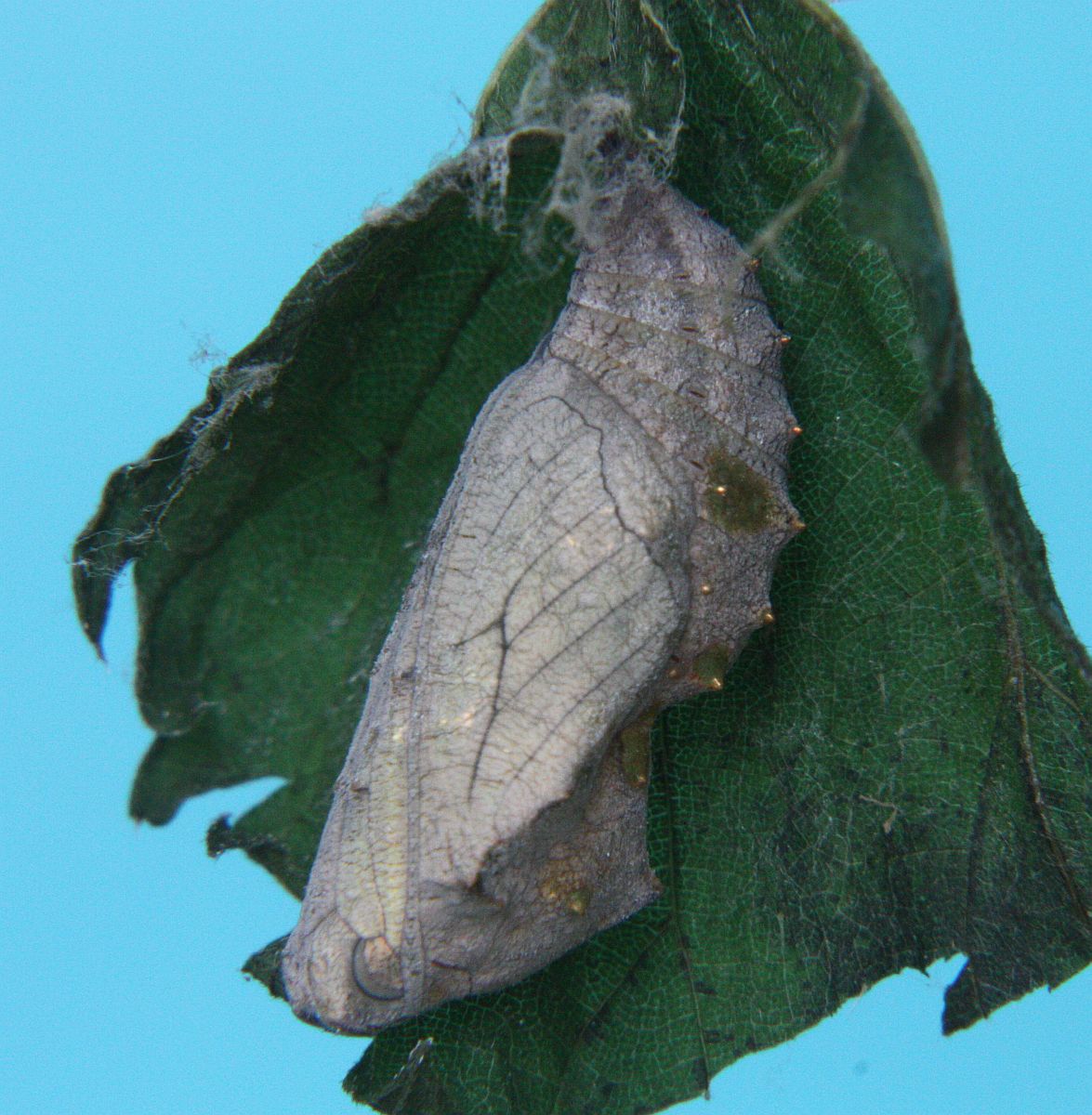2017 August 8
Val George photographed a puzzling moth in his Oak Bay garden on August 6. Thanks to Libby Avis for confirming Val’s tentative identification as Cyclophora dataria. If you enjoy playing the game “spot the difference” have a look at Ken Vaughan’s July 31 photograph of Scopula quinquelinearia – and you’ll appreciate some of the difficulties we sometimes have with identification!

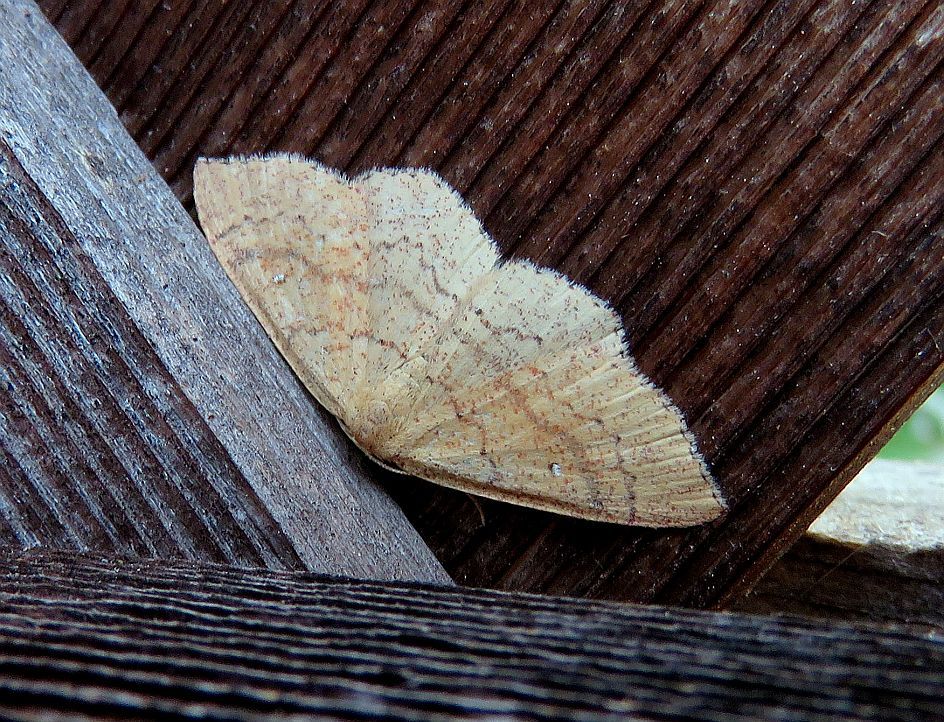
Cyclophora dataria (Lep.: Geometridae) Val George
Jeff Gaskin writes: This morning (August 8) the Tuesday birding group saw the following butterflies: 3 Lorquin’s Admirals, a still looking good Western Tiger Swallowtail, 18 Woodland Skippers, and 5 Cabbage Whites.
Kurtis Herberger writes: On Sunday night (August 6) we had a special visitor stop by. I’m no beetle expert but I believe it is a male Prionus californicus. (Thank you, Scott Gilmore for confirmation.) Also known as California Root Borer. It was still around the next morning so we took a few pictures before watching him quickly dig down into the soil in our native plant garden. It was huge at almost 3 inches long and his antennae were just as wide. It looked so exotic and seemed like it should be living in a cloud forest in South America and not on a dry B.C island.
[Jeremy Tatum writes: These beetles are huge – but 3 inches would probably be a world record. Shall we settle for maybe 2.5 inches max?]

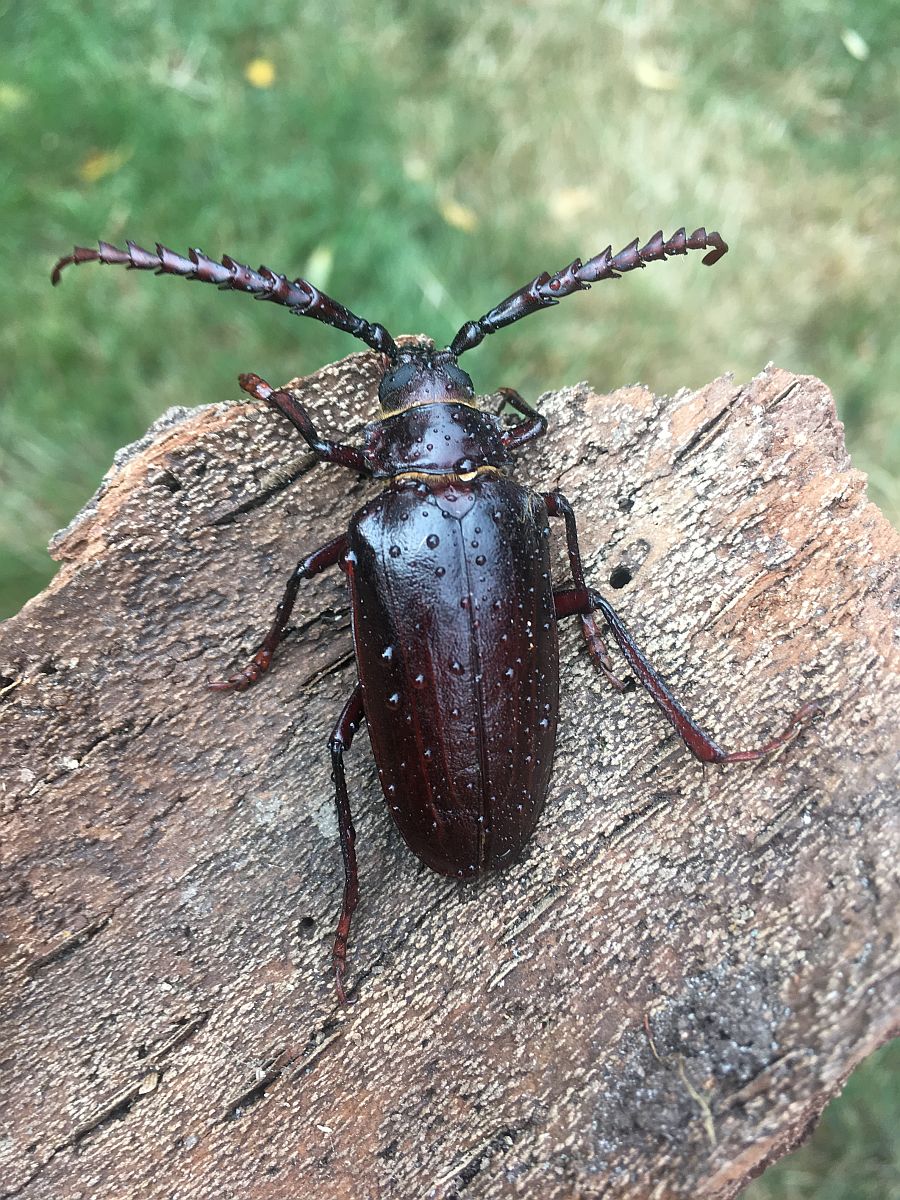
Prionus californicus (Col.: Cerambycidae) Kurtis Herperger
There are some Baird’s Sandpipers near the Victoria Airport just now, feeding on some sort of insect larva. Jody Wells sends some photographs, and it would be interesting to identify the larvae. Jeremy Gatten suggests possibly leatherjackets, and Jeremy Tatum agrees, though probably neither Jeremy would bet his life savings on it. Opinions (with reasons) welcome.

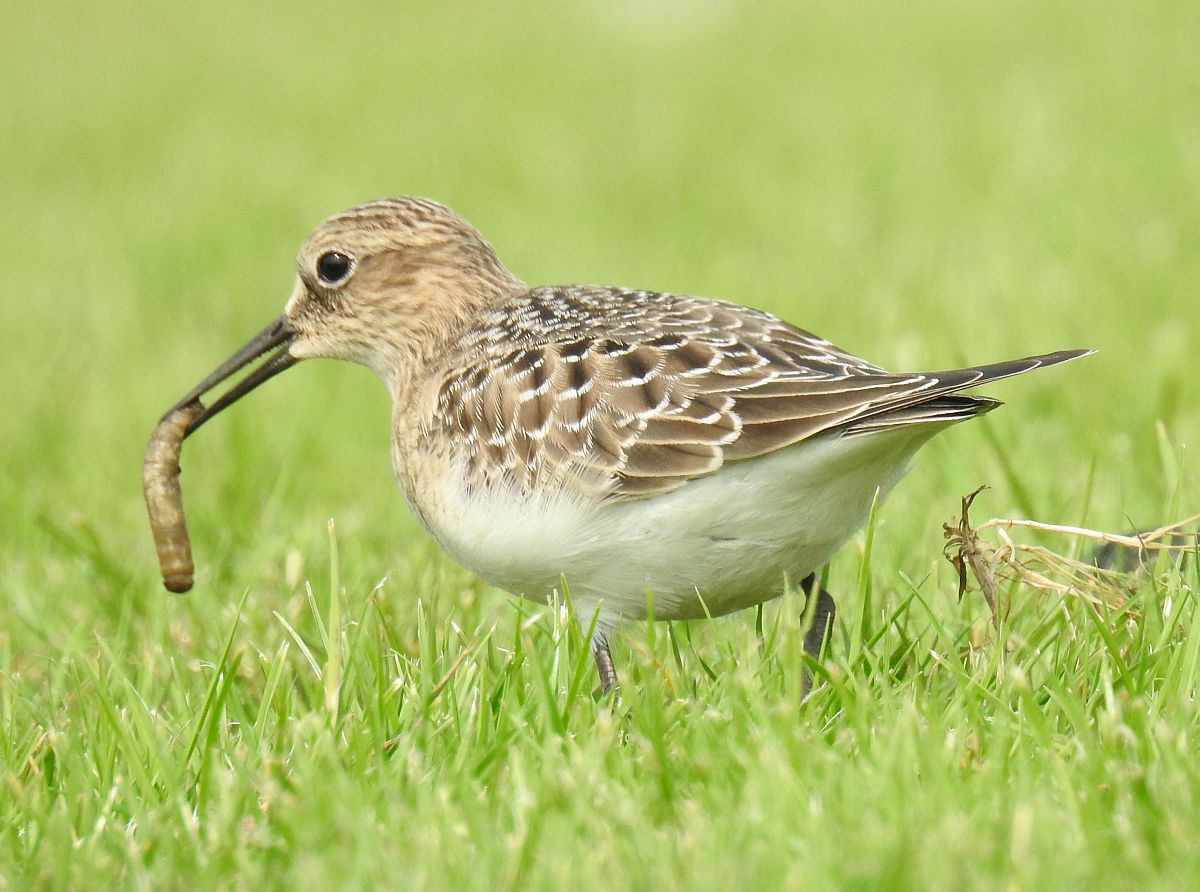
Baird’s Sandpiper Calidris bairdii (Cha.: Scolopacidae)
with possibly leatherjacket – larva of Crane Fly (Dip.: Tipulidae)
Jody Wells

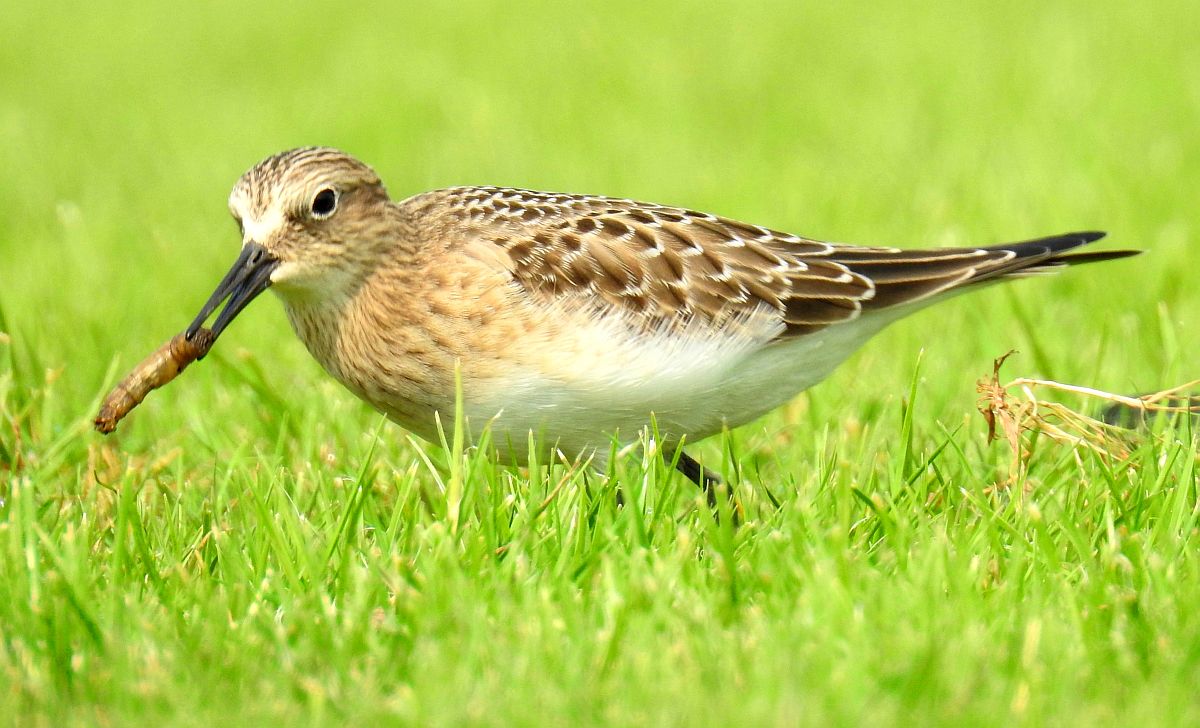
Baird’s Sandpiper Calidris bairdii (Cha.: Scolopacidae)
with possibly leatherjacket – larva of Crane Fly (Dip.: Tipulidae)
Jody Wells

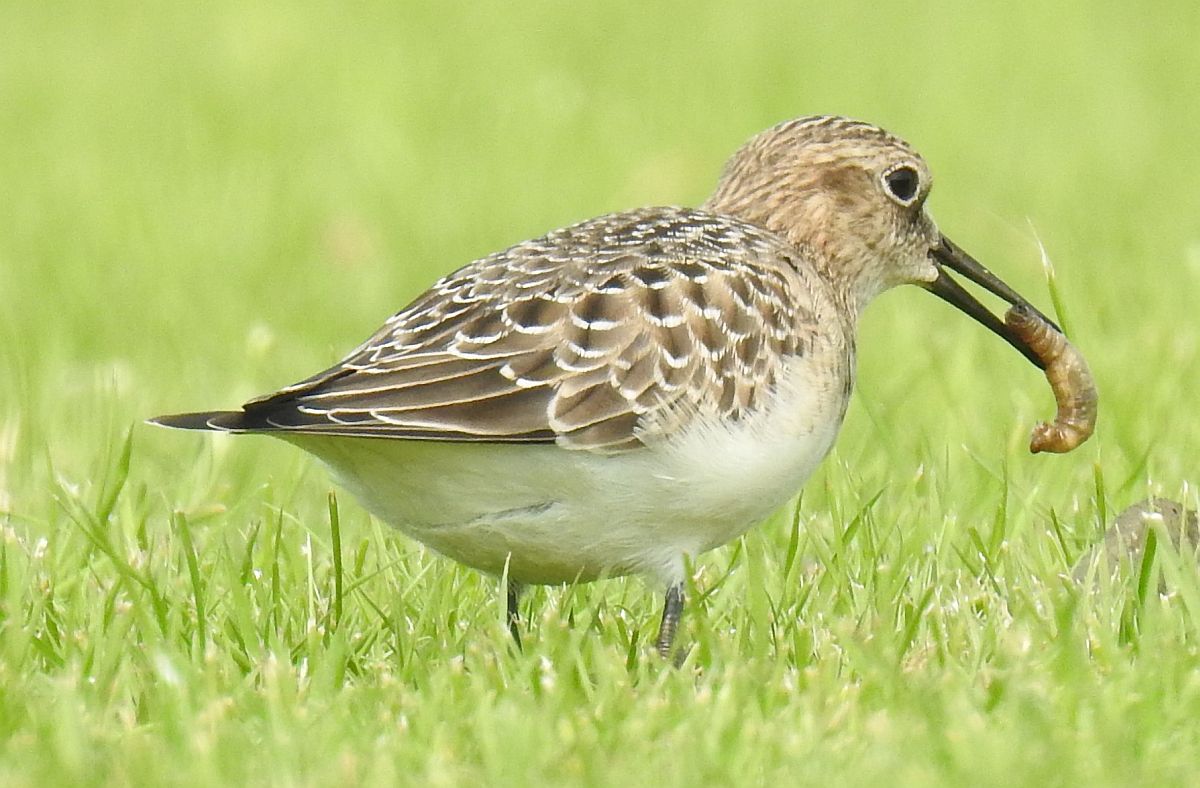
Baird’s Sandpiper Calidris bairdii (Cha.: Scolopacidae)
with possibly leatherjacket – larva of Crane Fly (Dip.: Tipulidae)
Jody Wells

